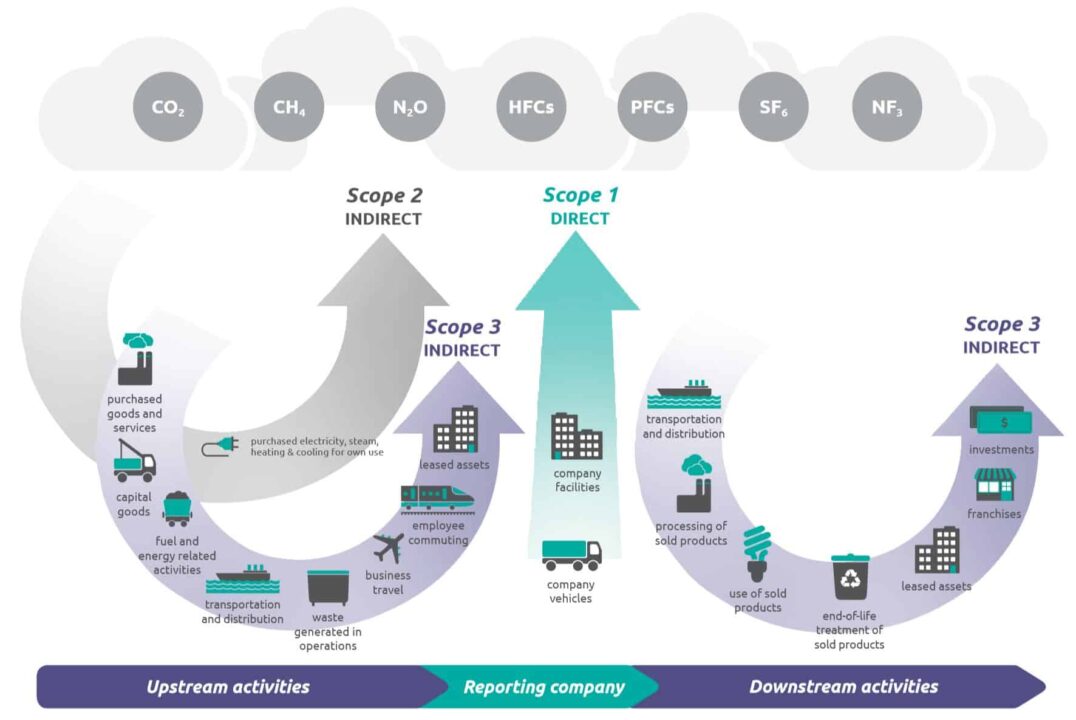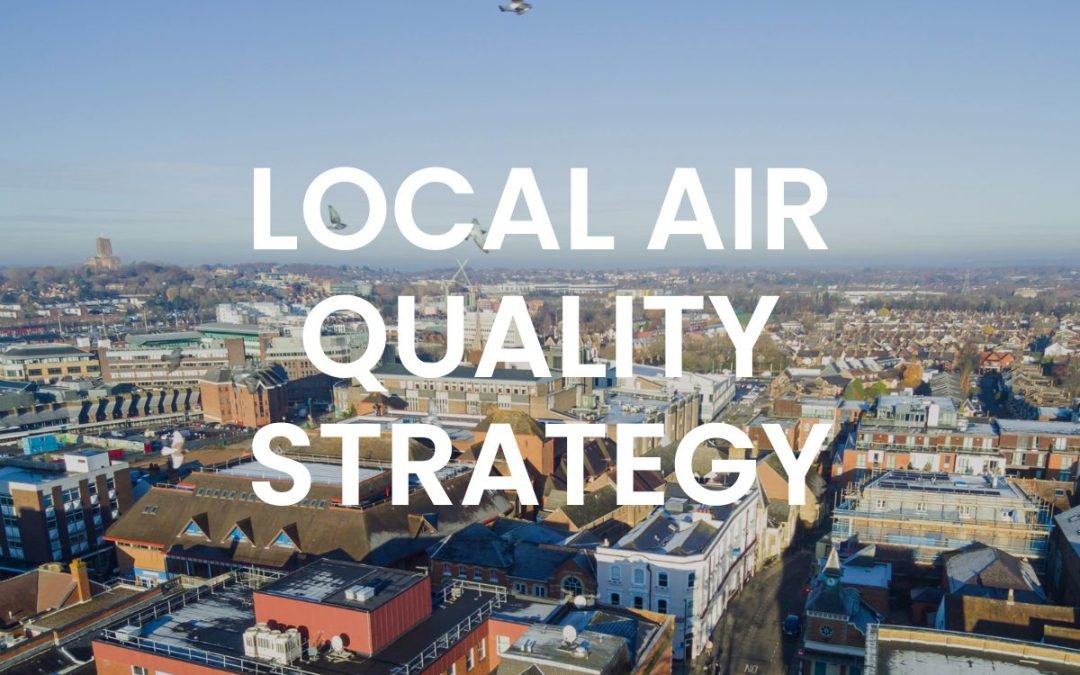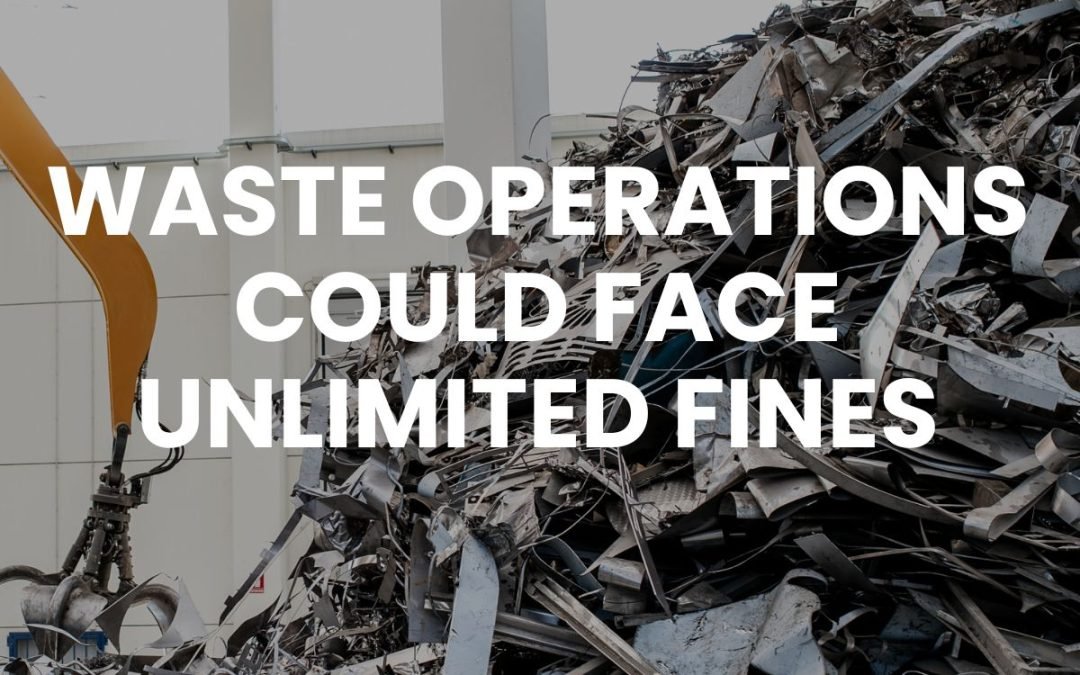Effective ways to reduce scope 3 emissions
Tackling emissions to hit net zero targets is an integral part of business sustainability strategy. Many organisations have changed their processes to be eco-friendlier, focusing on things such as renewable energy and resources that do not negatively impact the environment. Yet the majority of companies are not reducing emissions at a quick enough rate. At the end of 2020, reports by the Financial Times showed that the largest energy or fossil fuel organisations are failing to keep on track with climate goals, with only “7 of 59 currently on target with their net-zero pledges”.
It’s not just the energy sector that is having trouble decreasing emissions. Governments in the UK and across the world are looking at ways of enforcing the responsibility of acting on climate change including funding cuts and penalties for those that do not hit their goals. The UK government also announced their initial plans in 2020 for mandatory climate disclosures with penalties to be in place for those that do not share their progress or carbon-footprint data. These regulations will help to encourage organisations to invest more actively and effectively in sustainability to avoid costly penalties that could impact their organisation’s brand reputation.
Scope 3 emissions play a major part in contributing to the global warming crisis and as CEO of the Institutional Investors Group on Climate Change, Stephanie Pfeifer, states “Scope 3 emissions often account for the largest portion of a company’s overall greenhouse gas footprint. They simply cannot be ignored or written off as too difficult” ( Financial Times ). Scope 3 emissions are a real challenge for many organisations, and it can crucially impact investment opportunities if they fail to show how they reducing them. As a way to sum up this challenge and provide practical steps to tackling scope 3 emissions, we’ll review what scope 3 means, its current impact and effective ways to reducing the emissions.
What are scope 3 emissions?
Emissions are categorised into three scopes in order to analyse the original source and activity that is causing the emission. These categories are defined by the GHG protocol (Greenhouse Gas Protocol) which ‘set the standards to measure and manage emissions’. These scopes also help organisations and regulators to better understand emissions and how they can be effectively reported on.
Scope 1 – Direct Emissions: These emissions happen from activities that can be directly controlled or held accountable by the organisation. Activities that are owned by the company can include fuel combustion such as company machinery or vehicles, boilers, chemical production and air conditioning leaks.
Scope 2 – Indirect Emissions: These emissions come from the generation of purchased electricity used by the company. This type of emission would cover facilities or buildings where electricity is powering the business to work or function.
Scope 3 – All other indirect emissions: Scope 3 is a category for all other indirect emissions that is a consequence of organisational activity, but the sources are not directly controlled or managed by the company themselves. Examples of scope 3 emissions would be business travel, supply chain production and manufacturing, and procurement. Scope 3 covers a lot of emission activity and for many companies these can amount to their main contribution to climate change. However, they can be ignored in sustainability strategies because of there indirect nature

The importance of reducing scope 3 emissions
It’s without question that countries, communities and organisations understand the importance of having a more sustainable world and reducing our carbon footprint. But understanding how this can be done at speed and effectively in a coordinated manner is another question. As already mentioned, scope 3 emissions are a huge proportion to the problem of climate change crisis with some organisations sharing that 90% of all their emissions fall under this category. This is one example of a global company, Vale, (Worldwide Mining) which shows their climate change report indicating that 97.8% of their emissions are scope 3. This shows the real challenge of cutting down on scope 3 emissions due to its size and complexity.
According to the global organisation CDP (Carbon Disclosure Project, supply chain emissions that are initiated by organisations are on average “5.5 times larger than scope 1 and scope 2 emissions”. CDP have also reported that action in this area has still not effectively been taken and currently organisations are failing to construct coordinated, focussed projects to eliminate the high scope 3 emissions. To hit the targets that companies have set and are required to meet now (unless they want to face consequential action or penalties), it requires organisations to pinpoint the individual sources of each emission and to continue to tackle the biggest issues that their organisation is facing. This means that there will need to be sufficient reporting to identify these emission sources. But how can you put this reporting in to practice and eliminate scope 3 emissions?
How organisations can effectively tackle the scope 3 emissions
The first key step to tackling scope 3 emissions is to understand the causes and exactly identify the sources of each emission, as well as monitoring the impact to know the risk level of each source. Scope 3 emissions are challenging as they can be complex to identify but luckily for organisations there are tools out there than can you to monitor real-time insights and to group all of this data together to have more visibility and control over managing these emissions. EMSOL is a software tool that enables you to accurately detect these emissions, to attribute the source and to help identify each individual activity no matter how complex your supply chain is.
Some organisations such as VEOLIA and John Lewis & Partners are already using EMSOL for this purpose to reduce emissions through complex value chains which include business travel, logistics, product manufacturing or distribution from different sites. Having a coordinated approach to tracking all company vehicles and the emissions from different sites or production facilities enables the company to see where the biggest emission problems are. As well as see the progress overtime once more eco-friendly solutions are put in place such as electric vehicles or equipment, facilities powered by renewable energy and decreasing waste of product or materials.
This scope 3 report by BSR (Business of Social Responsibility) indicates that this approach is required by companies and they’ve taken this further to categorize it into a three-step approach than can be served as a “roadmap for the business” to unify their efforts to locate the biggest opportunities to reduce emissions in the value chain. This is the three-step approach that can help to effectively achieve scope 3 targets:
Step 1: Accurately mapping and reporting on risks and opportunities of emissions in your value chain. Pinpointing the biggest issues helps to review the whole process and make more sustainable actions.
Step 2: Implement actions through pilot projects and methods to see the progress of emission reductions. This will enable your organisation to choose which projects should be rolled out and to visualise the impact it is already making. Pilot projects will help with company-wide rollout initiatives and to increase collaboration to invest in the most effective solutions to minimising scope 3 emissions.
Step 3: Invest in the projects and all your relationships in the value chain that will enable you to minimise the biggest emitting activities. Achieving scope 3 targets is only possible through coordination, collaboration and a cohesive approach to consistently reviewing what is working with the solutions you’ve put in place in the supply chain and to then share these learning with other departments so everyone is making the most of these new eco-friendly and sustainable processes.
We hope you’ve found this article helpful and if you want to learn more about EMSOL and how it can help you to effectively monitor scope 3 emissions to pinpoint your business efforts in the right direction, then book a customised demo and find out how to take control of your supply chain emissions.





